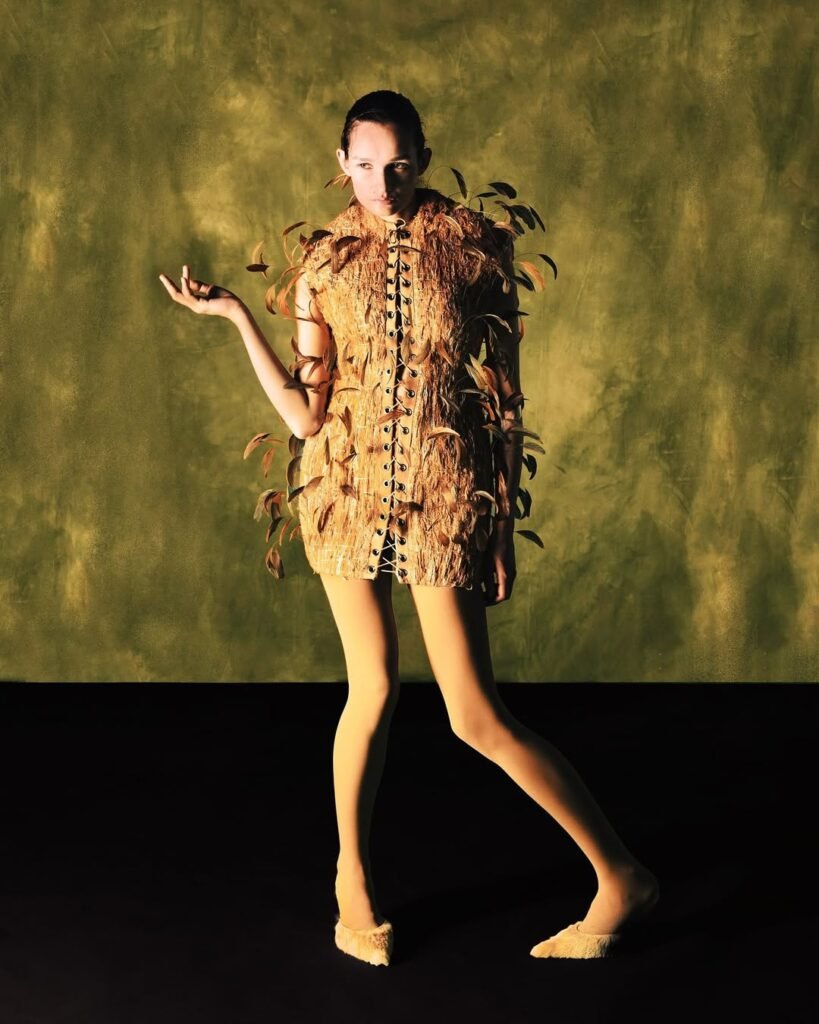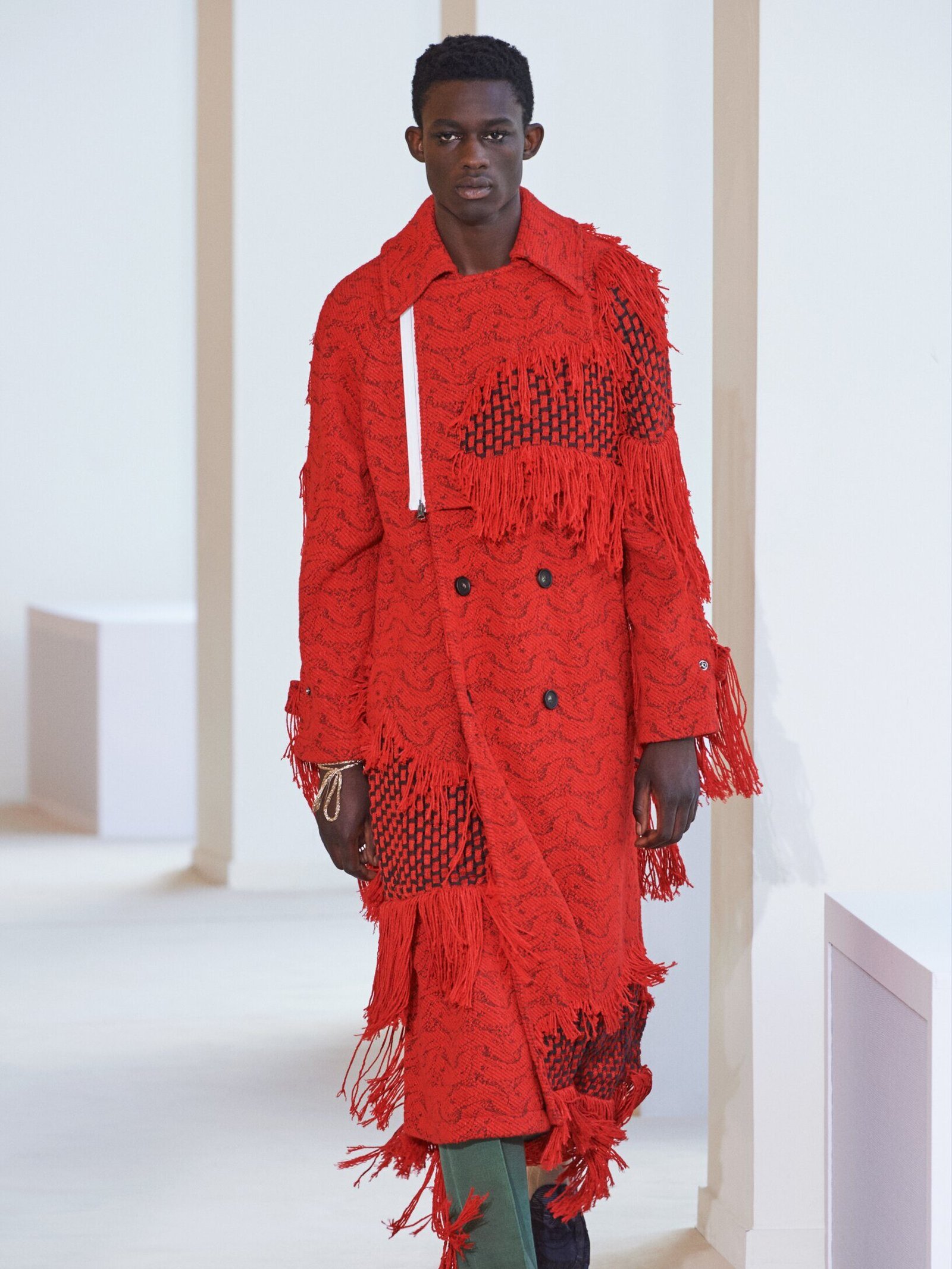Faux-fur vs Real fur: a conscious choice
When it comes to sustainable fashion, one of the most debated topics is whether real fur or faux fur is the better choice. For decades, fur has been seen as a luxury item, but its ecological and ethical costs are now under the spotlight. Studies show that fur, especially mink, is far more damaging to the environment than faux alternatives, and its ethical concerns are undeniable.
Environmental impact of real fur
The environmental toll of real fur is well documented and cuts across multiple indicators. Studies consistently show that, when measured against greenhouse gas emissions, water use, and toxic pollution, real fur ranks among the most damaging textile materials. Mink fur in particular is intensive at every stage: it emits roughly thirty-one times more greenhouse gases than cotton and requires far greater inputs of feed, water, and energy to farm. The water footprint is equally striking. Producing a single mink fur coat has been estimated to require five times more water than cotton, ninety-one times more than polyester, and one hundred and four times more than acrylic. These figures put real fur among the most polluting textiles, even surpassing industries like beef production in carbon footprint.

Buying second-hand fur avoids the most polluting part of the fur supply chain—animal farming and initial pelt processing—but it does not erase the chemical legacy of how those pelts were made. The real environmental benefit depends on genuine substitution (choosing vintage instead of buying new) and how long the piece is kept in use. Second-hand fur performs better environmentally than new fur for a simple reason: the original impacts—feed, housing, manure management, and energy on mink farms—have already occurred. The reuse advantage is also supported by broader apparel research. Extending the active life of clothing by even nine months can trim carbon, water and waste footprints by roughly 20–30%, while LCAs focused on reuse find the extra impacts from collection, sorting and resale are modest relative to making a new item.
Faux-fur: a less harmful alternative
Faux fur is produced from petroleum-based synthetics like polyester and acrylic, which means it is not impact-free. Even so, its overall environmental burden is lower than that of real fur because it avoids the most polluting stage of the real-fur supply chain: animal farming. While its manufacturing still consumes energy and involves chemicals, life-cycle assessments indicate a significantly smaller footprint than farmed fur. One legitimate concern is microplastic shedding during washing, which contributes to marine pollution. Addressing this challenge requires better fiber engineering, wash-care guidance, and improved filtration. Despite these caveats, faux fur remains the more sustainable and ethical option—especially as recycling technologies and responsible production standards continue to improve.
Ethical considerations: animal welfare
Environmental metrics tell only part of the story. Ethically, the fur industry is deeply troubling. Around eighty-five percent of all fur comes from animals raised on industrial farms, where confinement and poor living conditions are routine and animals are ultimately killed for their pelts. Faux fur, by contrast, is animal-free. For consumers who prioritize animal welfare and humane fashion practices, the ethical case strongly favors high-quality faux alternatives.
PRYOU’s commitment
At PRYOU, we believe in thorough research and making informed decisions. We support our parter brands by providing them with knowledge while maintain full transparency with our communities. As counsellors, our purpose is to promote a cleaner, more ethical fashion industry in every way we can.
In this fast-paced, ever-changing world, we are committed to continuous learning as we move forward.
Conclusion
The debate between faux and real fur underscores a bigger truth: the future of fashion must prioritize sustainability, animal welfare, and innovation. With advances in textile technology, circular fashion, and consumer awareness, the industry can move away from destructive practices and toward a greener, more ethical future.


